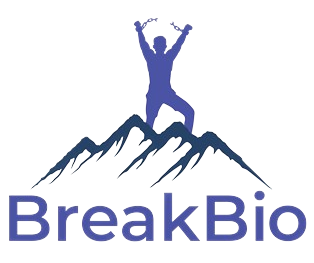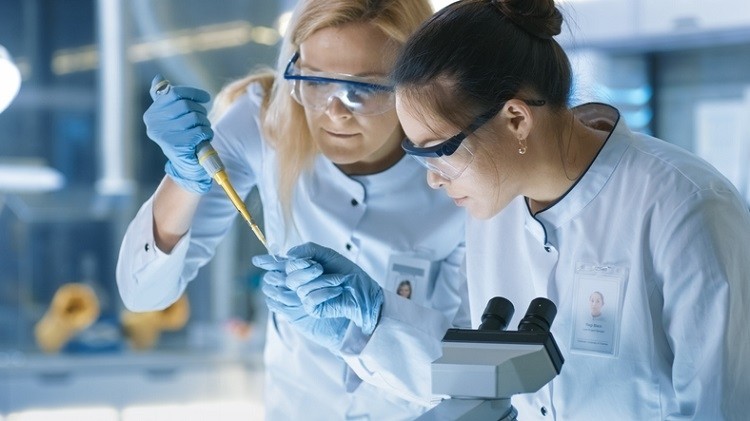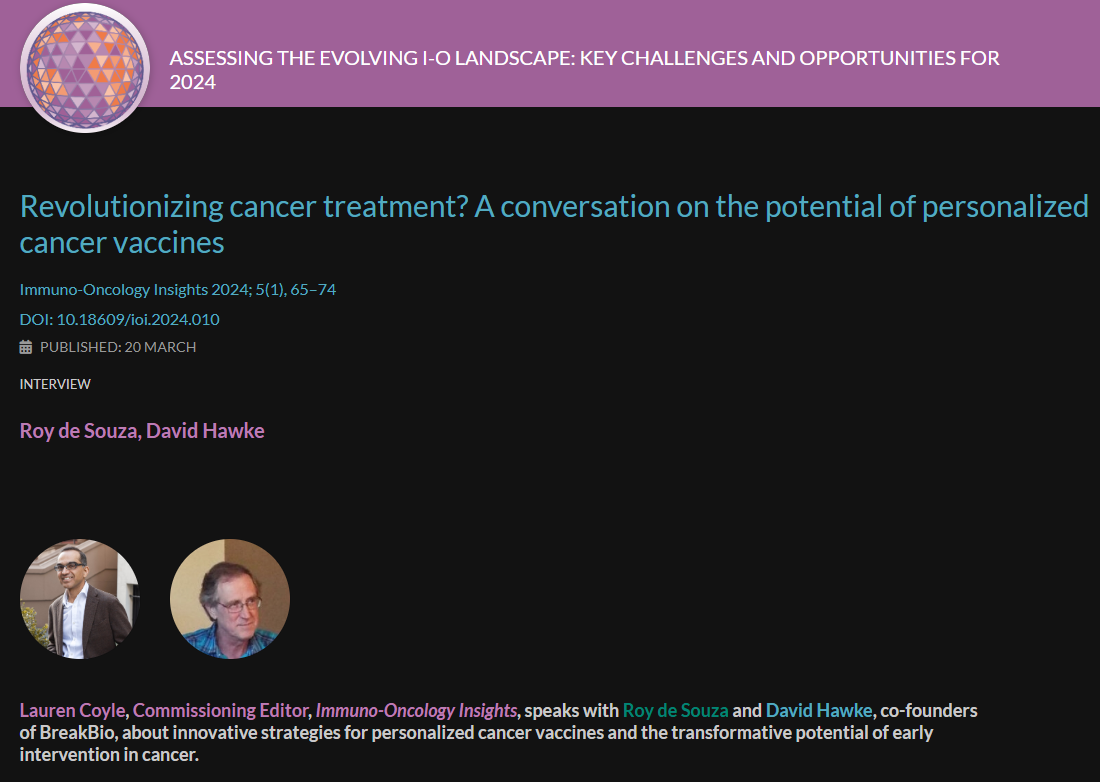Peptides bound to class I HLA molecules (HLA-A, -B and ?C) arise from endogenous or foreign proteins that are cleaved by the proteasome and peptidases of the endoplasmic reticulum prior to loading and display by surface HLA class I proteins. Each HLA allele is estimated to bind and present ~1,000-10,000 unique peptides to T cells. Given such diversity in HLA binding, an important question is whether we can predict whether a particular peptide is likely to bind to a specific HLA allele. Indeed, peptide-binding rules have been long-studied extensively for a subset of HLA alleles and encoded in advanced neural network-based algorithms that predict binding. Historically, little attention has been paid to HLA-C because of its perceived lower surface expression and hence predictive algorithms of HLA-C are very much lacking, as only a few thousand peptides epitopes have been reported in databases. New studies, however, suggests that important epitopes can arise from HLA-C, and have been detected for HIV, EBV, CMV and influenza. Our hypothesis is that large-scale datasets of endogenous HLA bound peptides can improve prediction of binding, and that through applying such an approach to HLA-C, a substantial increase in numbers of actionable immunogenic targets on tumor cells can be gained. Recently, I spearheaded a successful effort to integrate my expertise in experimental workflows for the isolation of HLA-bound peptides with newly available innovations in analysis and instrumentation for mass spectrometry (MS) to create a high throughput MS-based approach for the physical detection of peptides directly displayed by HLA molecules. This workflow and analytic framework now provides an exciting opportunity to generate high-quality data to directly address these challenges.
In Aim 1, to systematically identify HLA-C binding peptides, we will use MS to provide experimentally-derived datasets of peptides from 21 HLA-C alleles to provide 99.9% global population coverage.
In Aim 2, to define the rules of processing and presentation across HLA-C de novo, we will discover the binding motifs of the HLA-C peptides and use this information to develop predictive algorithms, which we will validate using independent datasets.
In Aim 3, we seek to determine if predicted tumor neoepitopes are physically detected on patient tumor cells. We will perform experimental validation of HLA-C prediction algorithms directly on tumor samples available from study subjects enrolled on high-priority clinical trials of personalized neoantigen-targeting cancer vaccines at DFCI using a new nano-scale MS-based analysis. We will confirm the immunogenicity of the detected HLA-C epitopes through in vitro T cell assays using banked peripheral blood mononuclear cell samples collected from study subjects. We anticipate the proposed studies to enable fuller understanding HLA-C epitope presentation, more robust prediction of HLA-C peptide epitopes, and expansion of the spectrum of actionable immune targets.
Public Health Relevance
Immune recognition of short peptides representative of proteins within a cell in conjunction with a group of surface molecules called HLA is essential for the process of immune reactivity but characterization of the properties of how these peptides bind to HLA molecules has been constrained by the limited available information about these peptides. We have developed a new high-throughput approach to rapidly isolate thousands of HLA-bound peptides directly from informative cell lines and tumor samples (from patients with melanoma, glioblastoma and renal cell cancer) and to use this information to develop novel algorithms to predict binding of peptides to HLA. We anticipate the proposed studies t o enable fuller understanding of how a subset of understudied HLA molecules (i.e. HLA-C) interact with their binding peptides, to improve prediction of HLA-C bound peptides, and to expand the spectrum of actionable immune targets.









